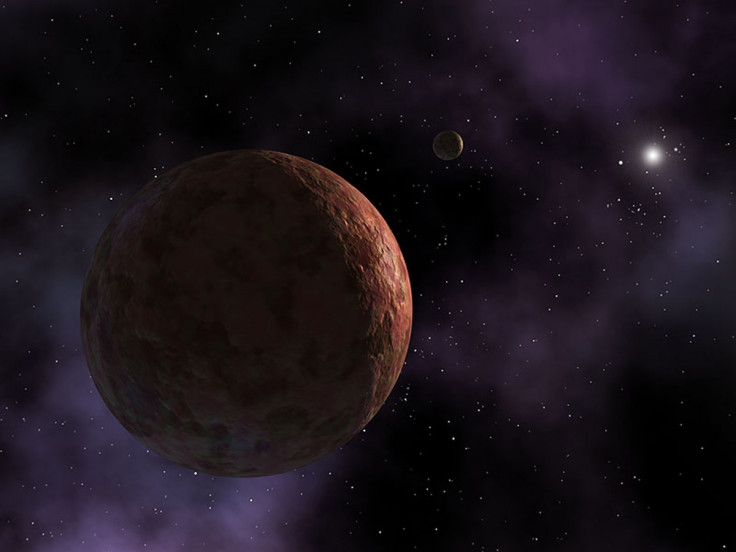Dwarf Planet Discovered Beyond Known Boundary of Solar System, Suggests Existence of 'Super Earth'

A mini planet, hovering about 80 times the distance of the earth's orbit from the sun, was spotted and verified by astronomers at the International Minor Planet Centre.
The latest discovery makes it the farthest-known planet in the solar system, and the newest member of the sun family.
With a diameter of only about 280 miles, the orbiting heavenly body is far too small compared to a conventional planet and is provisionally called "2012 VP 113".
Another mini planet, Sedna, somewhat nearer to the sun than VP 113 and double its size, with an exceedingly eccentric orbit of 11,400-years, was discovered about a decade ago.
"In the current architecture of the solar system, Sedna and 2012 VP113 should not be there."
Together with Sedna, VP 113 falls in a region earlier believed to have been outside the "boundary" of the solar system.
VP 113 and Sedna orbit much beyond the dwarf-planet Pluto, confounding scientists as the existence of planets beyond Pluto raises questions on the pre-existing theories of the origin of stellar systems.
The research was led by Scott Sheppard from Carnegie Institution and Chad Trujillo, a fellow astronomer at the Gemini Observatory in Hawaii, while the related findings have been published in the journal Nature.
The authors wrote that the current model of the solar system does not explain how Sedna and VP 113 might have formed.
"In the current architecture of the solar system, Sedna and 2012 VP113 should not be there," Megan Schwamb, a postdoctoral fellow at Academia Sinica in Taiwan, writes in a separate Nature article.
"People wondered if Sedna was unique, and 10 years on, we have at last found another object that shows it is not. There is probably a large population of objects out there," Sheppard told the Guardian.
Six other dwarf planets comparable to Sedna and VP 113 were discovered last year, and are in the pipeline to be verified, which requires observing them for a year or more to estimate their movement relative to background stars.
The number of distant objects found so far might just be the "tip of the iceberg", says Schwamb, who has worked on dwarf planets before and modelled the outer realms of the solar system.
Experts say that the recent discovery proves the existence of the mysterious "Oort Cloud", a region far beyond known and established planets of our sun.
Oort Cloud is suspected to be rich in comets where the heavenly bodies orbit in highly eccentric orbits around the sun and potentially a yet-unseen "Super Earth", about 10 times the size of earth, which might be responsible for the eccentric orbits, scientists say.
Astronomers now suspect that there might be about 150 million dwarf planets measuring between 31 and 5,000 miles in diameter in the Oort Cloud.
The discovery of new objects in the Cloud might alter the known boundaries of our solar system, and change scientists' understanding of how our stellar system came into being.
© Copyright IBTimes 2025. All rights reserved.





















